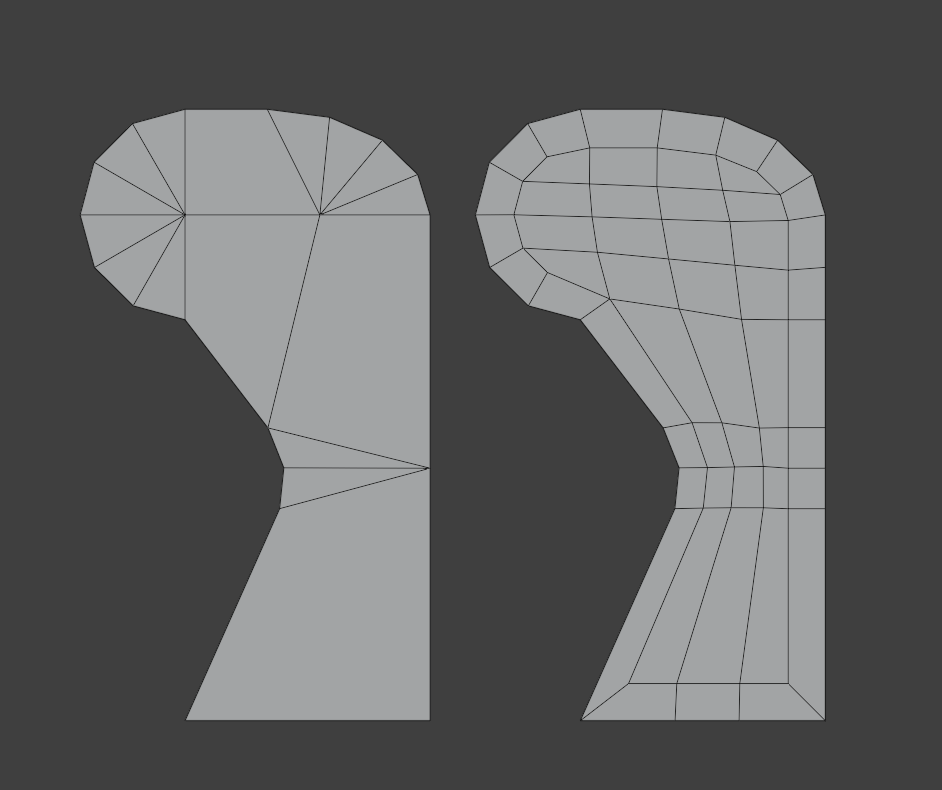The BRAWL² Tournament Challenge has been announced!
It starts May 12, and ends Oct 17. Let's see what you got!
https://polycount.com/discussion/237047/the-brawl²-tournament
It starts May 12, and ends Oct 17. Let's see what you got!
https://polycount.com/discussion/237047/the-brawl²-tournament
Should I practice with triangles if I want to work in games industry?
Hi, hope this is the right forum 
I'm kind of exploring everything in the 3D world. One thing I've noticed, is the difference between topology for game props and those high-res props.
I really want to work with games, but also for other industries, where sub-d modelling is needed.
My question is if I would aim for a job in the game industry should I focus mainly on modelling props and practice with the triangles? Or do you guys think you would benefit and learn more from modelling with quads and good edgeflow.
I would appreciate opinions and different views from others, because sometimes I can get a bit lost from it all
Example of the topology I mean (triangle - quads) :

I'm kind of exploring everything in the 3D world. One thing I've noticed, is the difference between topology for game props and those high-res props.
I really want to work with games, but also for other industries, where sub-d modelling is needed.
My question is if I would aim for a job in the game industry should I focus mainly on modelling props and practice with the triangles? Or do you guys think you would benefit and learn more from modelling with quads and good edgeflow.
I would appreciate opinions and different views from others, because sometimes I can get a bit lost from it all
Example of the topology I mean (triangle - quads) :

Replies
Also, I don't think I quite understand what you meant with "I did the triangles(previous-gens) to quad(future-gens) thing"
Finishing the model and make it optimized for game needs is then another chapter. And there are other things to consider. You should avoid long triangles for example if possible to avoid shading problems. Which you have in the topology at the left.
With a modern, high-ish poly, organic surface you'll rarely have to explicitly split a quad into triangles since there's generally enough geometry there to mean there's no artefacts to fix.
With a low-poly model you need that control far more often
The important thing is to understand the strengths and weaknesses of all the tools you have at your disposal - that way you can apply the most appropriate method based on the object you're making.
Example from - https://www.artstation.com/zombiedawgs